Abstract
Three-dimensional (3D) printing, also known as additive manufacturing (AM), has been used frequently in regenerative or translational medicine. In addition, recent advances in 3D printing technologies have opened the door to 3D bioprinting, which uses cells, biocompatible materials, and scaffolding simultaneously to generate 3D functional tissues. Although tissue generation by bioprinting such as multilayered skin, bone, bladder, and vascular grafts has shown good results, there are still several challenges related to printing of entire organs, particularly modulation of vascular formation during organ regeneration. This article provides a background and introduction to bioprinting for creation of artificial organs and tissues.
Go to : 
References
1). Yoo JJ, Lee IW. Regenerative medicine. 3rd ed.Seoul: Koonja;2010. p. 3–35. (유지, 이일우, 편집. 재생의학. 제3판. 서울: 군자출판사; 2010: 3–35.).
2). Klebe RJ. Cytoscribing: a method for micropositioning cells and the construction of twoand three-dimensional synthetic tissues. Exp Cell Res. 1988; 179:362–73.
4). Lee SJ. Future of the medical industry which affected by 3D printing technology. Cheongwon: Korea Health Industry Development Institute;2014. (이승재. 3D 프린팅 기술이 바꿀 보건 산업의 미래. 청원: 한국보건산업진흥원; 2014.).
5). Lee CH. The utilizations and prospects of 3D printer in the medical industry. Deajeon: Institute for Infromation & Communications Technolog Promotion;2014. (이창현. 의료산업에서 3D 프린터 활용과 전망. 대전: 정보통신기술진흥센터; 2014.).
6). Park SH. Leverage expanding trend and sustainable development 3D printing customized technology of bio material. Korean Health Industry Donghyang. 2014; 28:22–7. (박석희. 바이오 소재의 지속적 개발과 3D 프린팅 맞춤식 기술활용 확대추세. 보건산업 동향 2014;28: 22–7.).
7). Xu T, Jin J, Gregory C, Hickman JJ, Boland T. Inkjet printing of viable mammalian cells. Biomaterials. 2005; 26:93–9.

8). Ventola CL. Medical applications for 3D printing: current and projected uses. P T. 2014; 39:704–11.
9). Orlando G, Wood KJ. Stratta RJ, Yoo JJ, Atala A. Soker S. Regenerative medicine and organ transplantation: past, present, and future. Transplantation. 2011; 91:1310–7.
10). Lanza RP, Langer RS, et al. Principles of tissue engineering. 3rd ed.Amsterdam: Elsevier Academic Press;2007.
12). Malda J, Klein TJ, Upton Z. The roles of hypoxia in the in vitro engineering of tissues. Tissue Eng. 2007; 13:2153–62.
13). Malda J, Rouwkema J, Martens DE, Le Comte EP, Kooy FK, Tramper J, et al. Oxygen gradients in tissue-engineered PEGT/PBT cartilaginous constructs: measurement and modeling. Biotechnol Bioeng. 2004; 86:9–18.

14). Malladi P, Xu Y, Chiou M, Giaccia AJ, Longaker MT. Effect of reduced oxygen tension on chondrogenesis and osteogenesis in adipose-derived mesenchymal cells. Am J Physiol Cell Physiol. 2006; 290:C1139–46.

15). Radisic M, Malda J, Epping E, Geng W, Langer R, Vunjak-Novakovic G. Oxygen gradients correlate with cell density and cell viability in engineered cardiac tissue. Biotechnol Bioeng. 2006; 93:332–43.

16). Wendt D, Stroebel S, Jakob M, John GT, Martin I. Uniform tissues engineered by seeding and culturing cells in 3D scaffolds under perfusion at defined oxygen tensions. Biorheology. 2006; 43:481–8.
18). Macchiarini P, Jungebluth P, Go T, Asnaghi MA, Rees LE, Cogan TA, et al. Clinical transplantation of a tissue-engineered airway. Lancet. 2008; 372:2023–30.

19). Baiguera S, Birchall MA, Macchiarini P. Tissue-engineered tracheal transplantation. Transplantation. 2010; 89:485–91.

20). Yoon TL, Kim HG. Bone. Yoo JJ, Lee IW, editors. Regenerative medicine. 3rd ed.Seoul: Koonja;2010. p. 829–48. (윤택림, 김형근. 뼈. In: 유지, 이일우, 편집. 재생의학. 제3판. 서울: 군자출판사; 2010: 829–48.).
21). Min BH, Lee HJ. Cartilage. Yoo JJ, Lee IW, editors. Regenerative medicine. 3rd ed.Seoul: Koonja;2010. p. 849–76. (민병현, 이현정. 연골. In: 유지, 이일우, 편집. 재생의학. 제3판. 서울: 군자출판사; 2010: 849–76.).
22). Nho IS. Blood vessels. Yoo JJ, Lee IW, editors. Regenerative medicine. 3rd ed.Seoul: Koonja;2010. p. 731–50. (노인섭. 혈관. In: 유지, 이일우, 편집. 재생의학. 제3판. 서울: 군자출판사; 2010: 731–50.).
23). Park YD, Choi J, et al. Cardiac tissue and valves. Yoo JJ, Lee IW, editors. Regenerative medicine. 3rd ed.Seoul: Koonja;2010. p. 751–60. (박용두, 최재순, 등. 심장 및 심장 판막. In: 유지, 이일우, 편집. 재생의학. 제3판. 서울: 군자출판사; 2010: 751–60.).
24). Lee SG, Lee JH. Liver. Yoo JJ, Lee IW, editors. Regenerative medicine. 3rd ed.Seoul: Koonja;2010. p. 779–98. .(이석구, 이지현. 간. In: 유지, 이일우, 편집. 재생의학. 제3판. 서울: 군자출판사; 2010: 779–98.).
25). Struecker B, Raschzok N, Sauer IM. Liver support strategies: cutting-edge technologies. Nat Rev Gastroenterol Hepatol. 2014; 11:166–76.

26). Kang DH. Kidney. Yoo JJ, Lee IW, editors. Regenerative medicine. 3rd ed.Seoul: Koonja;2010. p. 799–810. (강덕희. 신장. In: 유지, 이일우, 편집. 재생의학. 제3판. 서울: 군자출판사; 2010: 799–810.).
27). Park KC. Skin. Yoo JJ, Lee IW, editors. Regenerative medicine. 3rd ed.Seoul: Koonja;2010. p. 965–72. (박경찬. 피부. In: 유지, 이일우, 편집. 재생의학. 제3판. 서울: 군자출판사; 2010: 965–72.).
28). Oh SH, Lee JH. Peripheral Nerve. Yoo JJ, Lee IW, editors. Regenerative medicine. 3rd ed.Seoul: Koonja;2010. p. 899. – 916. (오세행, 이진호. 말초신경. In: 유지, 이일우, 편집. 재생의학. 제3판. 서울: 군자출판사; 2010: 899–916.).
29). CHO Alliance. Market trend and realities of the 3D printing based bio and medical technology. Seoul: CHO Alliance;2015. (CHO Alliance. 의료용 3D 프린팅 기반 바이오, 메디칼 융합기술 시장 실태와 전망. 서울: CHO Alliance; 2015.).
30). Cho DW, Kang HW, et al. Digital fabrication of artificial scaffold. Yoo JJ, Lee IW, editors. Regenerative medicine. 3rd ed.Seoul: Koonja;2010. p. 611–26. (조동우, 강현욱, 등. 인공지지체의 디지털 가공. In: 유지, 이일우, 편집. 재생의학. 제3판. 서울: 군자출판사; 2010;611–26.).
31). Kim SW, Cho DW, et al. A new standard treatment for a functional nostril reconstruction of the congenital arhinia. Korean Health Industry Donghyang. 2014; 28:16–21. (김성원, 조동우, 등. 선천성 무비증 환아 기능성 코 재건 수술 새로운 치료 기준 제시. 보건산업 동향 2014;28: 16–21.).
32). Ha DH, Chung JW, et al. Successful clinical application of 3D printing technology for preventing construction of trachea with patient-specific stent. Proceedings of KSPE 2014 Spring Conference. Seoul: Korean Society for Precision Engineering;2014. p. 227–8. (하동현, 정진우, 등. 선천성 코 결여 환자의 성공적인 기관 재건을 위한 3D 프린팅 기술의 임상적 활용: 비공, 비강에서의 협착 방지용 환자 맞춤형 스텐트. 한국정밀공학회 2014년 춘계학술대회 논문집. 서울: 한국정밀공학회; 2014: 227–8.).
33). Wake Forest School of Medicine website. [cited 2015 Dec 17]. Available from:. http://www.wakehealth.edu/WFIRM.
34). University College London website. [cited 2011 Jul 7]. Available from:. https://www.ucl.ac.uk/news/news-articles/1107/11070701.
Go to : 




 PDF
PDF ePub
ePub Citation
Citation Print
Print


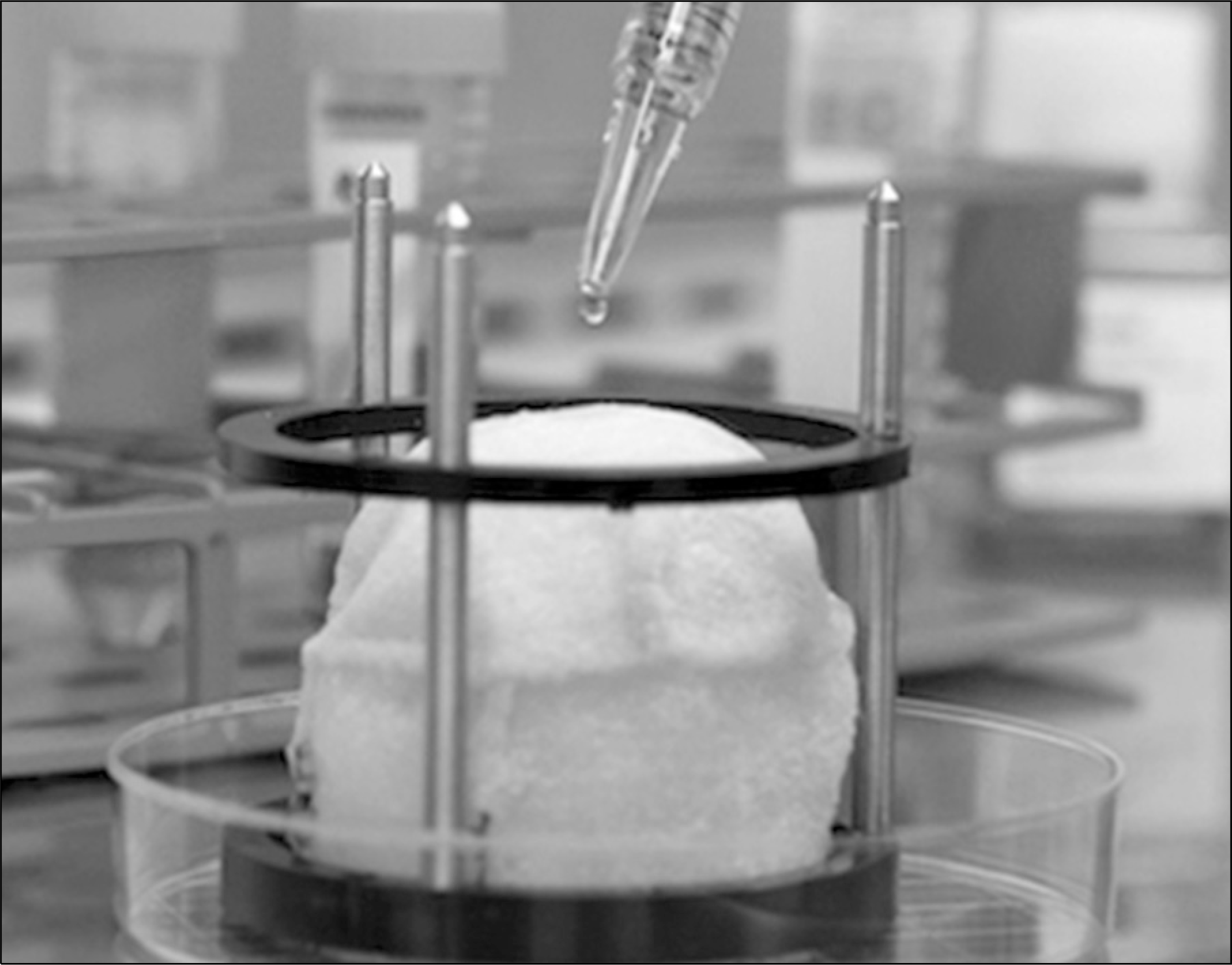
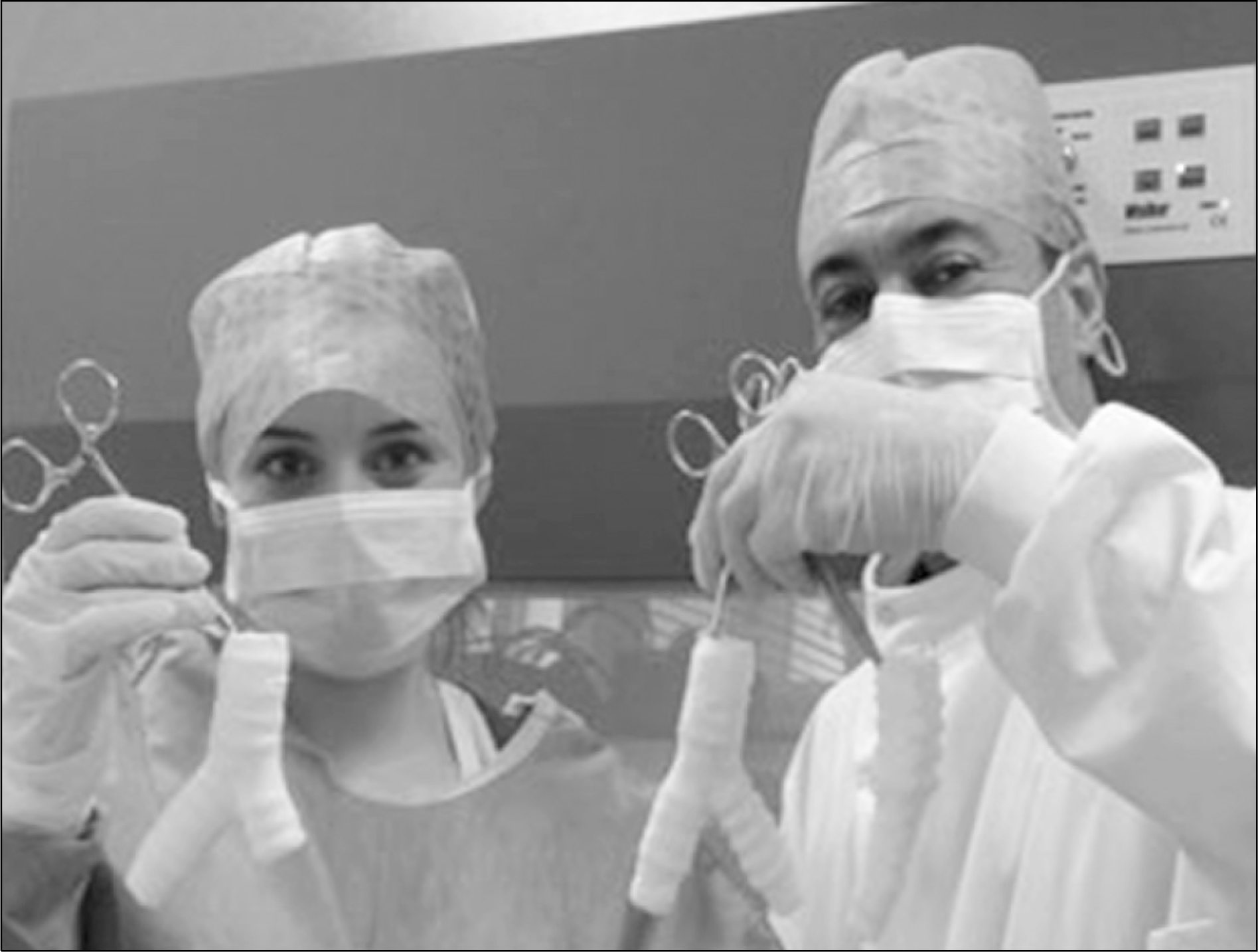
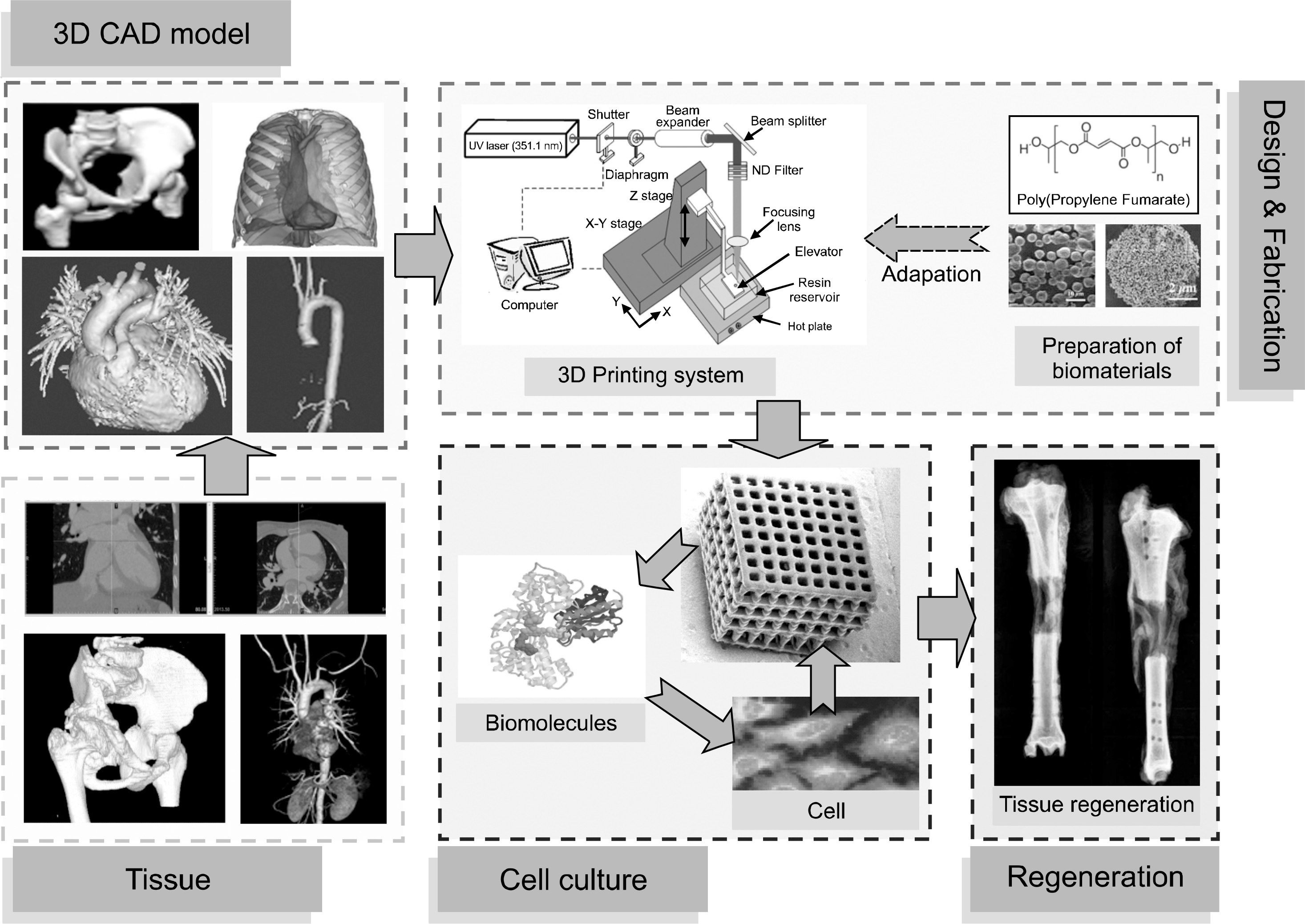
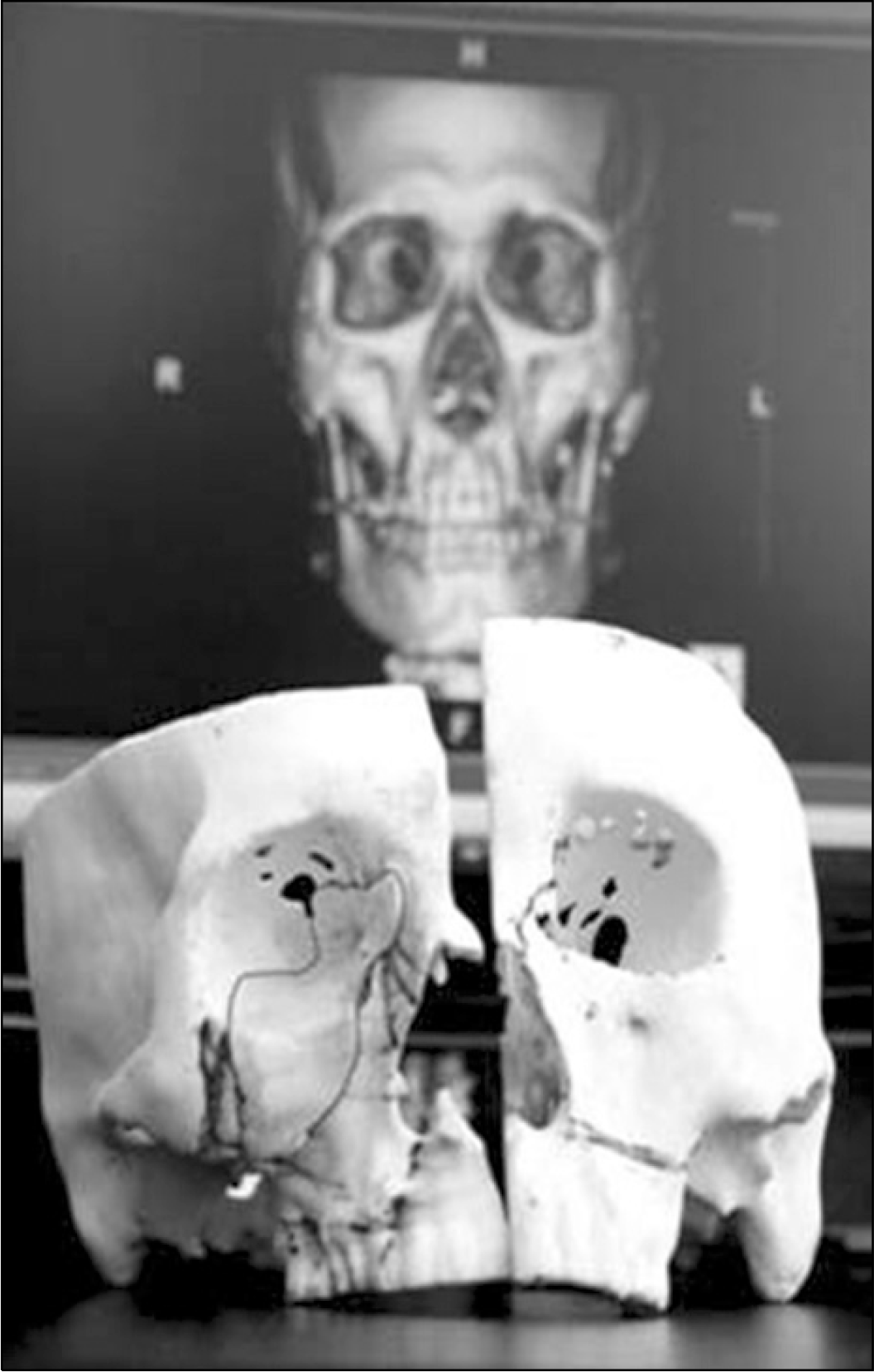

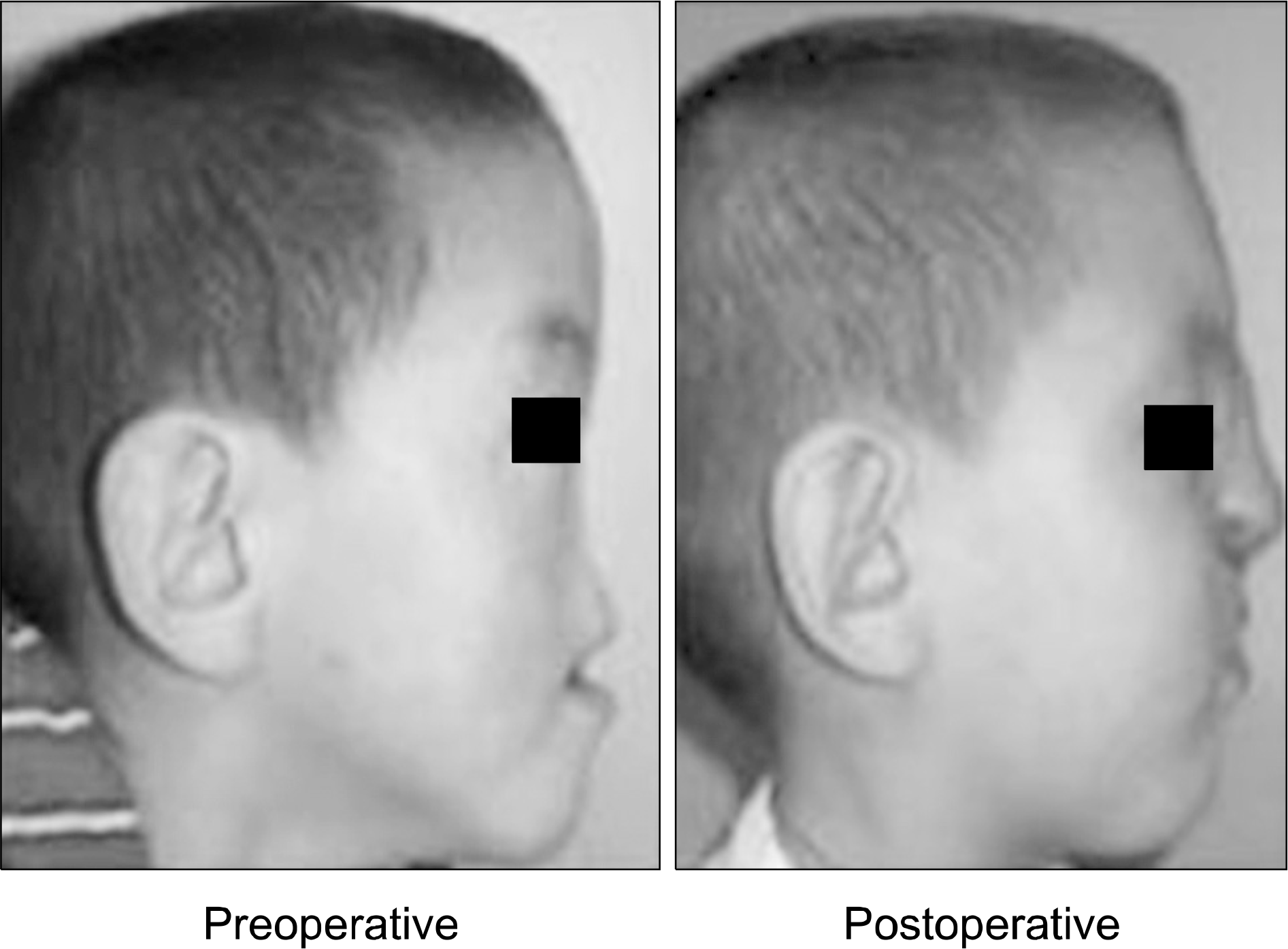
 XML Download
XML Download